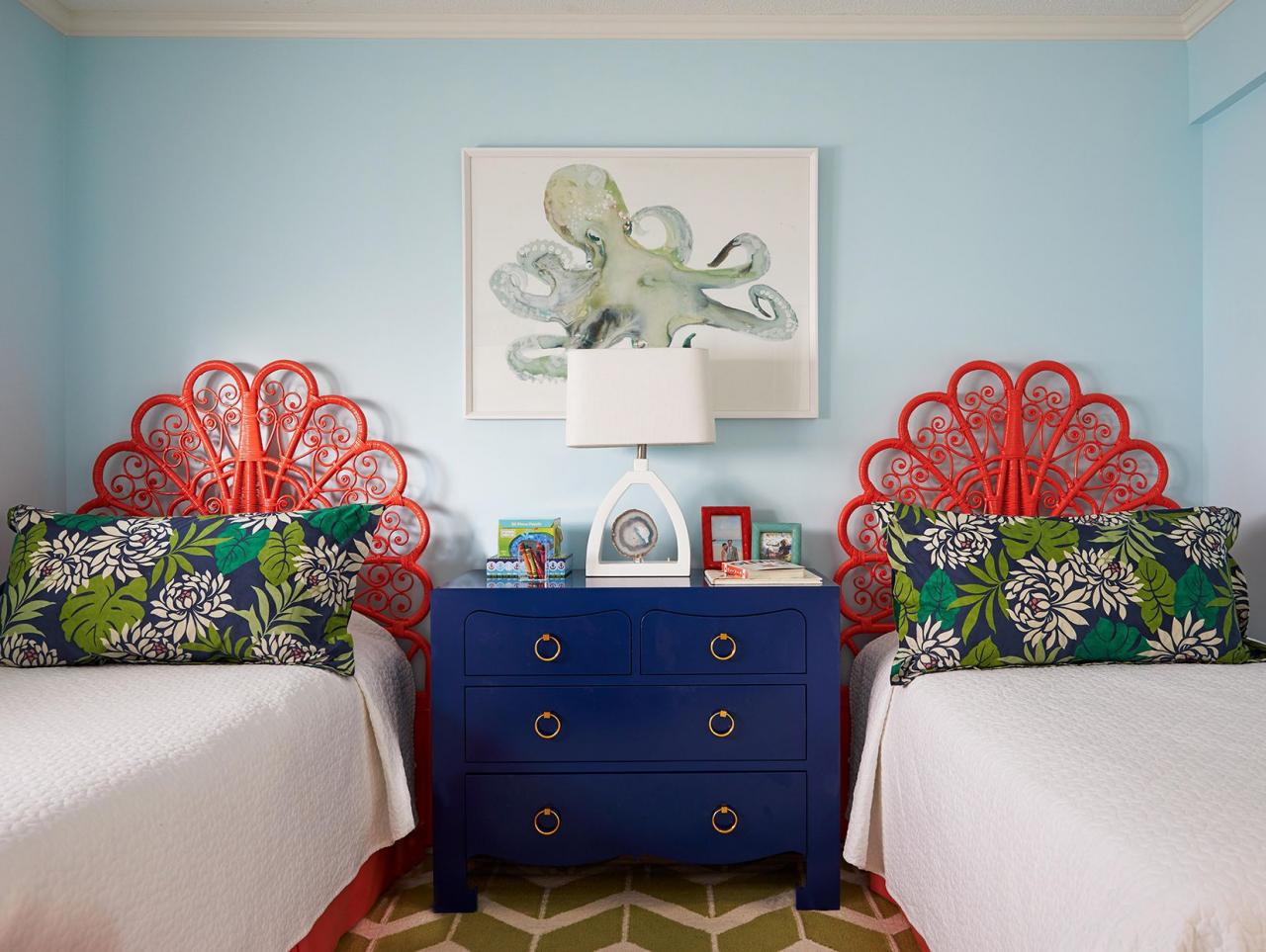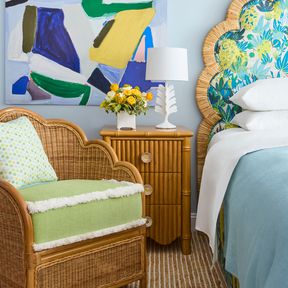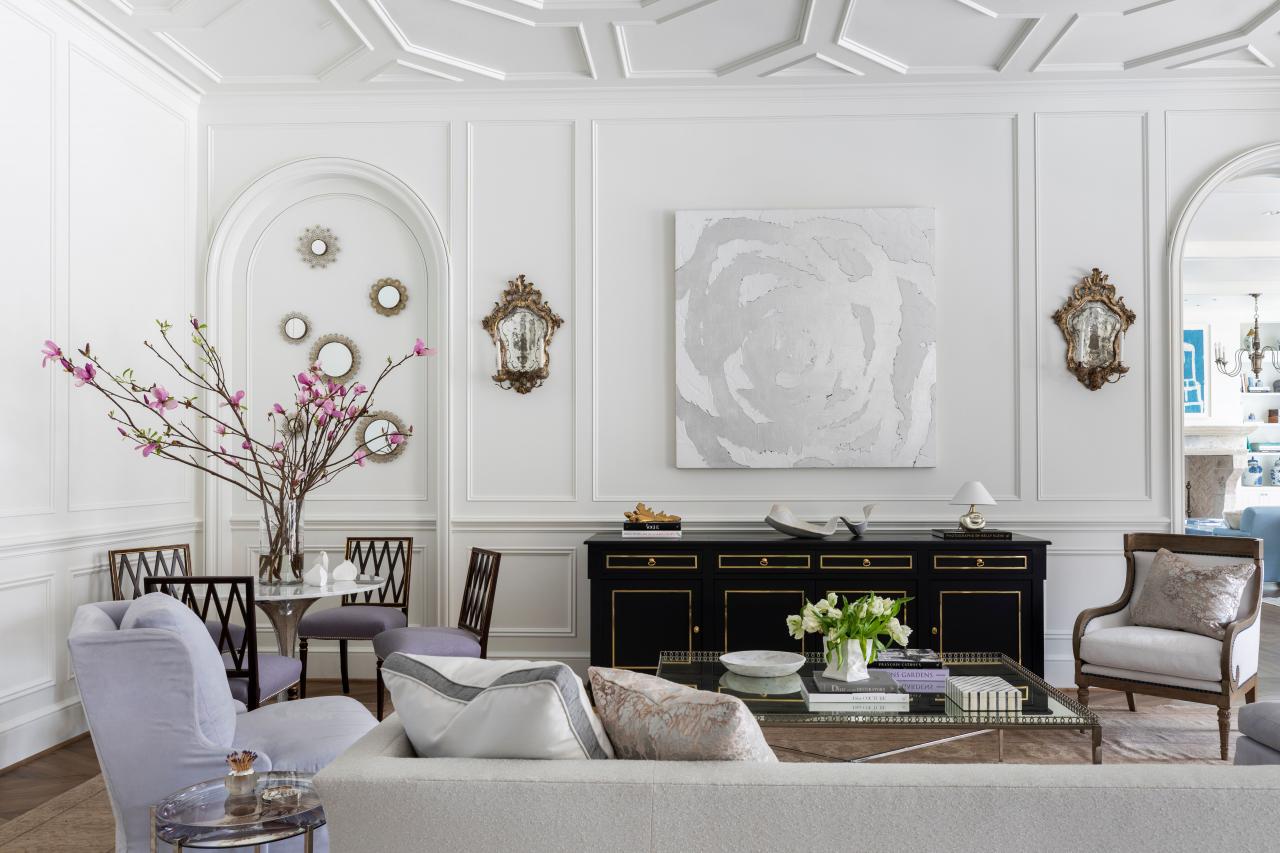Scallops are back again in a huge method now, adding a whimsical touch to interiors all over from headboards to placemats. Where minimalism and clean lines were the must-haves of the 2010s, the 2020s bring a renewed desire for softness and charm. You can see it in trends like grandmother stylish, maximalism, and paint color combinations like pink and beige (as opposed to gray and white).
When utilized thoughtfully, scalloped borders feel traditional: Think of scalloped trim on wood furniture, like a dresser or dining-room table. The wood’s solidity offsets the scallop’s sweetness, including softness to an otherwise strong style element. Scalloped lines utilized on throw pillows or bedspreads tend to add a fragile feel, however with the ideal colors (navy blue or red, for example), they become more cozy.

Scallops are also showing up on feature walls, specifically in children’s rooms and playrooms. On TikTok, numerous videos demonstrating how to DIY a scallop wall design have garnered millions of views, collectively. Developers are using muddy paint colors like mauve, terracotta, sage green, and gray-blue, which take the cutesy factor of the scalloped look down just one notch.
Add scalloped hand towels to your powder room or a scalloped tray to your coffee table. If you find yourself desiring more scalloped information, you can include scalloped trim to window treatments or discover a scallop-framed mirror to hang in an entranceway.



